Explain the Major Differences Between Aerobic and Anaerobic Energy Production.
Aerobic fermentation is a type of reaction that causes the production of energy by completely decomposing the food while anaerobic fermentation is the chemical process of biological compounds. Continuous steady state exercise is performed aerobically.

Concept Map Cellular Respiration Biology Worksheet Cellular Respiration Biology
Anaerobic means without air and refers to the body producing energy without oxygen.
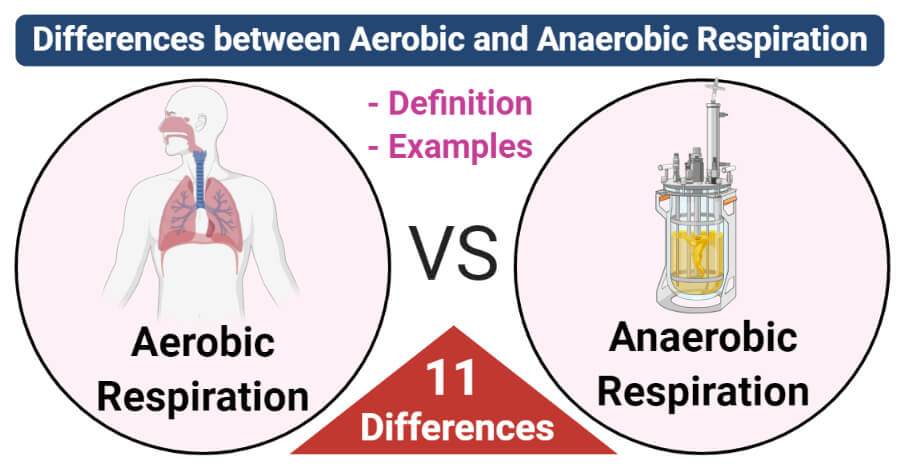
. Molecular oxygen is a high-energy oxidizing agent and therefore is an excellent electron acceptor. Similarities and differences between aerobic and anaerobic respiration Cellular respiration is a process that takes place inside the cells where the breakdown of glucose molecules releases energy. Anaerobic respiration is respiration using electron acceptors other than molecular oxygen O 2Although oxygen is not the final electron acceptor the process still uses a respiratory electron transport chain.
Based on the oxygen usage the process can be conveniently divided into two categories namely aerobic and anaerobic respiration. Anaerobic means without oxygen. Anaerobic respiration also produces energy and uses glucose but it produces less energy and does not require oxygen.
The difference between them is. As we touched on the main difference between aerobic and anaerobic respiration is whether or not oxygen is present. The main difference between anaerobic and aerobic exercise is how intense the activity is aerobic has a lower intensity while anaerobic has a higher intensity.
Aerobic metabolisms contribute more around 90 for the supply of energy while anaerobic metabolism contributes less. The products of anaerobic are glucose and its reactants are CO2 ethanol and lactic acid. Define anaerobic threshold and explain the physiological changes that occur as a result of training Hint.
Explain the major differences between aerobic and anaerobic energy production. 2 The immediate anaerobic energy system. Immediate anaerobic energy system and.
During aerobic exercise you breathe faster and deeper than when your heart rate is at rest. The anaerobic energy system is the energy system of choice for the 100m sprinter. Aerobic microorganisms use glycolysis the Krebs TCA cycle and an electron transport chain with oxygen as the final electron acceptor.
Aerobic respiration needs oxygen to occur while anaerobic does not. On the flip side anaerobic fermentation occurs outside the living organisms body. Less amount of energy is produced and 2 ATP are released at a time in anaerobic respiration.
The main difference between aerobic and anaerobic bacteria is that anaerobic bacteria use molecular oxygen as the final electron acceptor in the electron transport chain whereas anaerobic bacteria use other molecules or compounds as the final electron. Youre maximizing the amount of oxygen in. The products of aerobic are glucose and O2 while.
Aerobic and anaerobic bacteria are the two groups of bacteria classified based on the type of respiration. Our bodies can create anaerobic energy in two ways through the. However because there is no oxygen present ATP must be generated in the cytoplasm via fermentation.
Anaerobic respiration evolved first in archaebacteria. Aerobic fermentation occurs in the living organisms. Neither system provides sustainable energy for very long.
They have anaerobic methods of energy production. In aerobic respiration O2 is present not in anaerobic though. Anaerobic respiration also utilizes glycolysis to break down glucose.
Anaerobic fermentation does not use oxygen. Aerobic fermentation uses oxygen. How your metabolism works depends on the type of exercise youre doing at the time.
The main difference between aerobic and anaerobic is the presence of O2. The aerobes use oxygen when it is available but are not solely reliant on it. Differences of Aerobic Anaerobic Exercises on the Metabolism.
Short-term anaerobic energy system. Anaerobic fermentation is a decomposition method. Use the worksheets below to collect your data.
Anaerobic fermentation does not produce ATP molecules. The high amount of energy is produced and 38 ATP released at a time in aerobic respiration. The enzymes used are catalase peroxidase and superoxide dismutase.
Aerobic fermentation is an energy production method. Glucose oxygen - carbon dioxide water. End product of anaerobic metabolism is lactic acid while that of aerobic metabolism is carbon dioxide and water.
The key difference between aerobic and anaerobic fermentation is that aerobic fermentation uses oxygen whereas anaerobic fermentation does not use oxygen. Both processes take place in the cytoplasm. What is the difference between Aerobic and Anaerobic Fermentation.
There are two types of exercise aerobic and anaerobic. Both aerobic and anaerobic exercise can be great additions to your workout routine. Aerobic respiration takes place in the mitochondria and requires oxygen and glucose and produces carbon dioxide water and energy.
Aerobic Anaerobic fermentation and Anaerobic fermentation both. This typically involves any exercise that lasts longer than two minutes in duration. Metabolism is the most basic job your body must complete in order to survive and function.
Oxygen is your main energy source during aerobic workouts. Aerobic means with air and refers to the body producing energy with the use of oxygen. They each provide health benefits and help keep you physically fit.
Thus the longer the exercise is the more important aerobic respiration becomes. This is typically exercise that is performed. Aerobic respiration occurs in the cytoplasm to mitochondria while anaerobic respiration occurs in the cytoplasm only.
Aerobic respiration takes place in the mitochondria.

This Flowchart Shows The Processes Of Anaerobic And Aerobic Respiration The Top Image Shows The Energy Anaerobic Respiration Physiology Anatomy And Physiology
Difference Between Aerobic And Anaerobic Glycolysis Difference Between
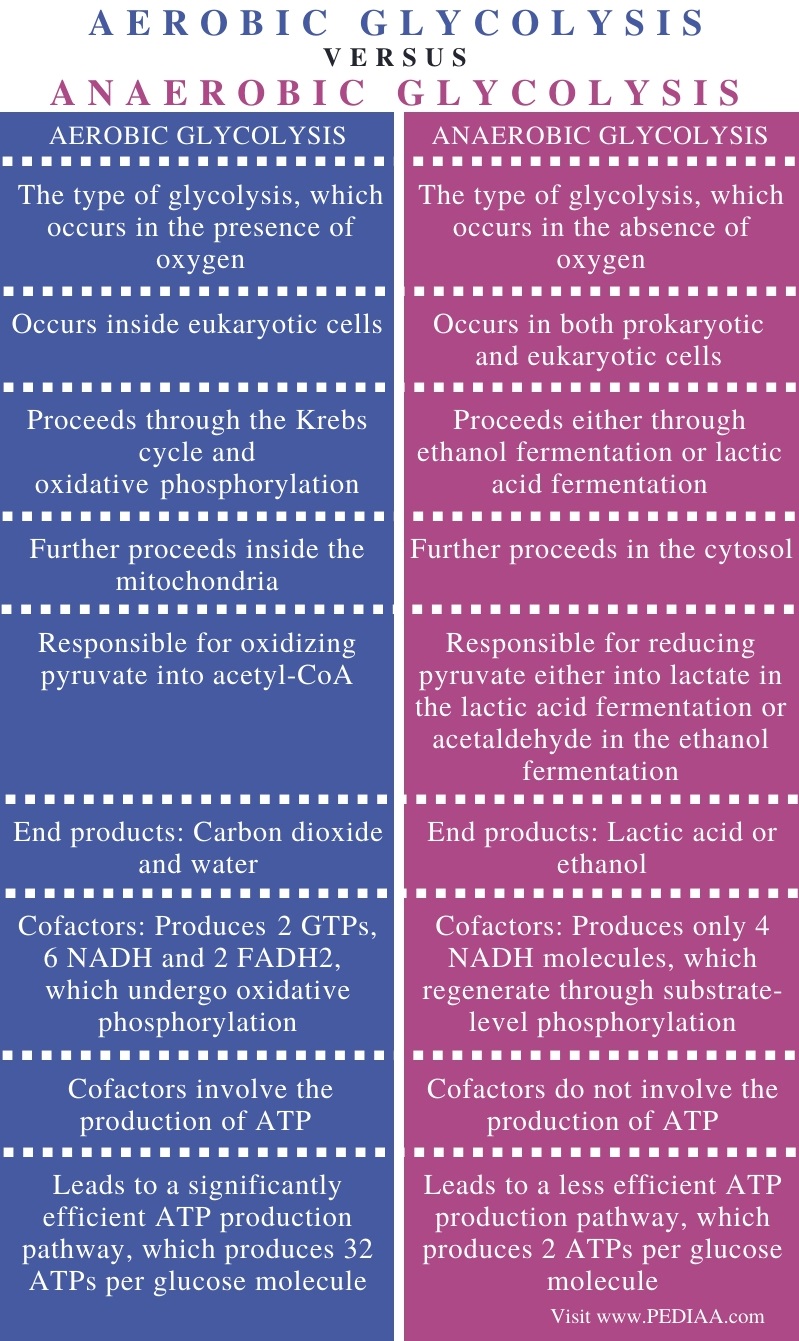
What Is The Difference Between Aerobic And Anaerobic Glycolysis Pediaa Com

Fatigue Part 4 The Aerobic Energy System Complete Track And Field

What S The Difference Between Aerobic Anaerobic Exercise
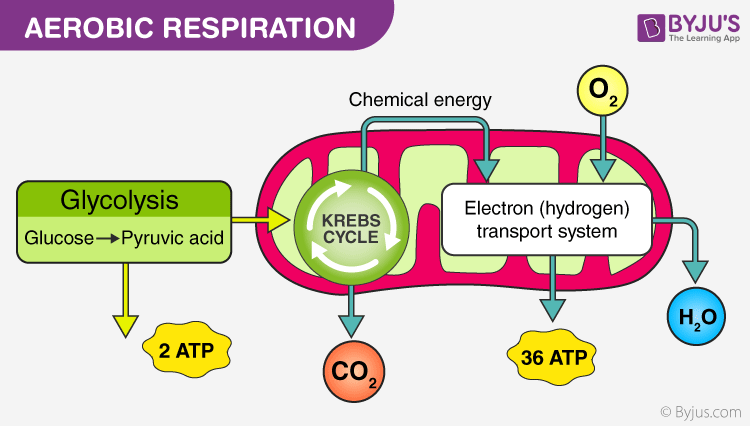
Aerobic And Anaerobic Respiration Major Differences

Aerobics Or Anaerobic Trainings Which One Do You Really Need Scientific Scribbles
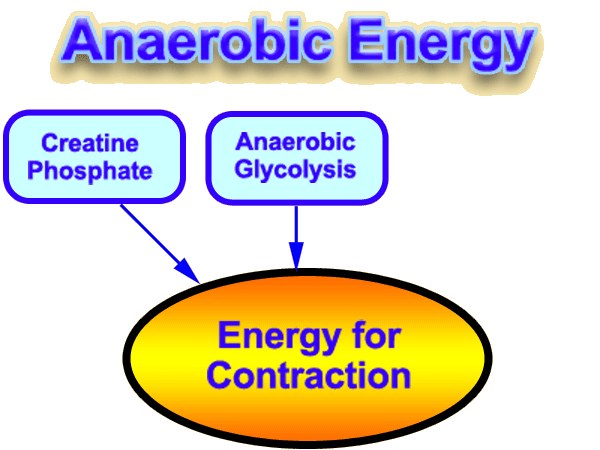
Lactate Testing For Triathlon Training The Origins Of Lactate And Its Implications

Biology Flow Chart For Cellular Respiration Complete Respiration Flow Chart Cellular Respiration Fr Teaching Biology Biology Classroom Medical Student Study
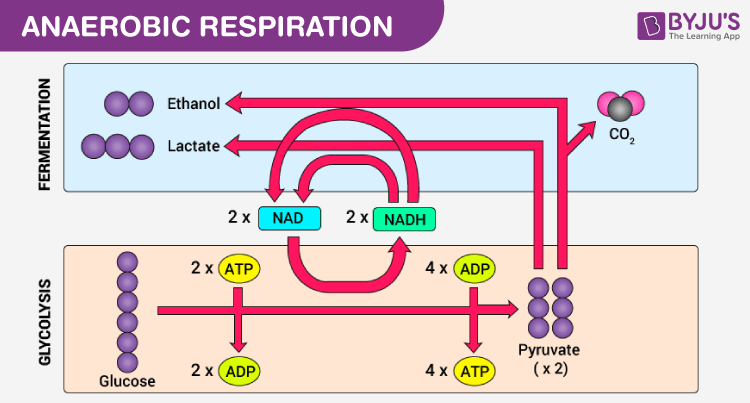
Aerobic And Anaerobic Respiration Major Differences

Energy Systems Aerobic System Ppt Video Online Download

Cell Respiration Wyzant Resources Cell Respiration Photosynthesis And Cellular Respiration Biology Classroom

Energy Systems Part 3 Anaerobic Lactic Glycolytic The Sustainable Training Method
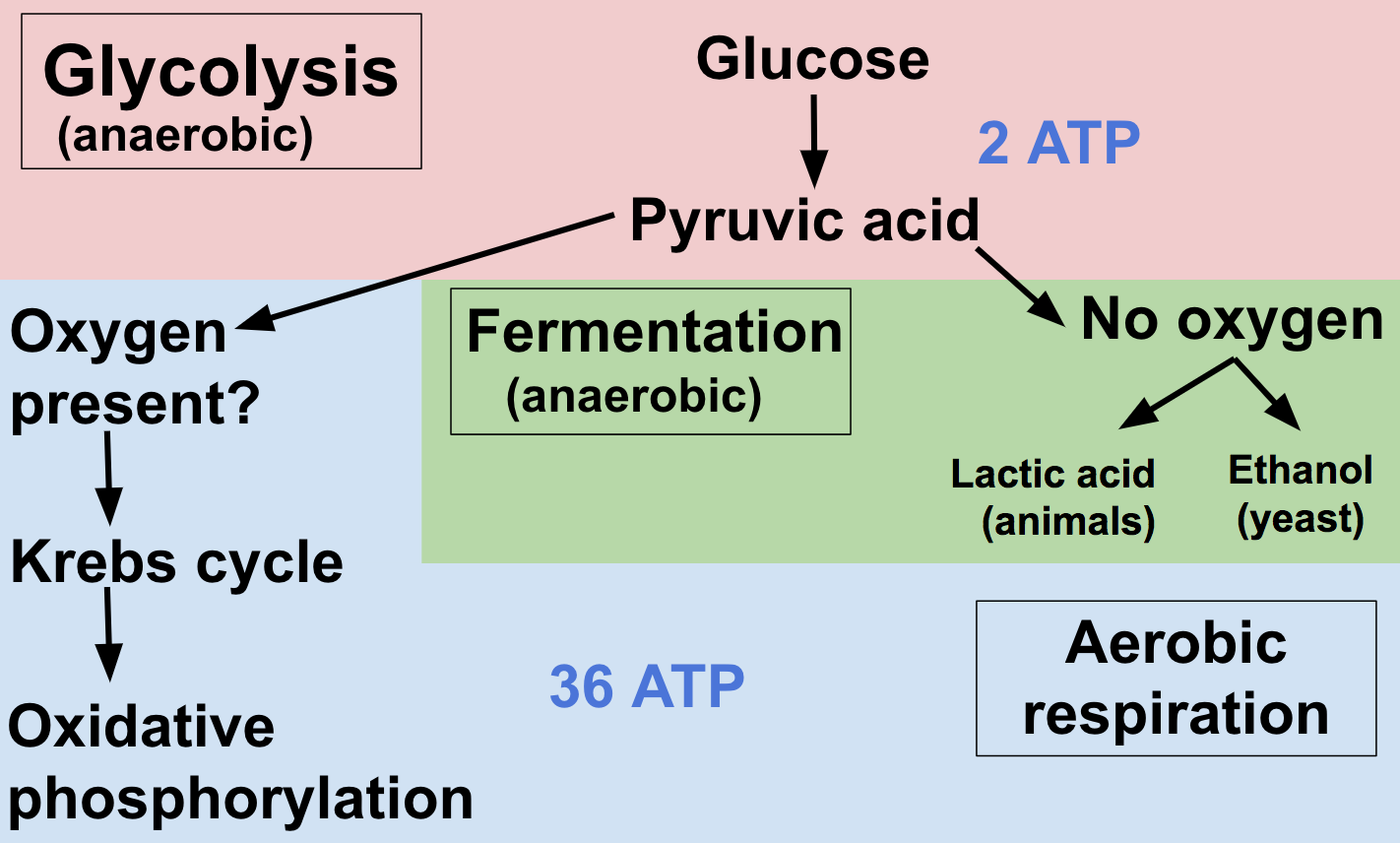
Cellular Respiration Review Article Khan Academy
Energy Systems Physiological Responses To Basketball

Aerobic Anaerobic Respiration Medical School Stuff Biochemistry Fermentation Biology

Difference Between Aerobic And Anaerobic Respiration

Aerobic Vs Anaerobic Respiration Definition 11 Differences Examples

Comments
Post a Comment